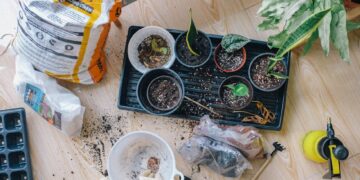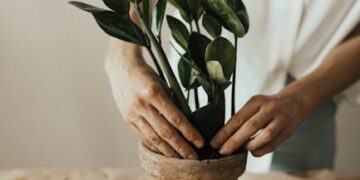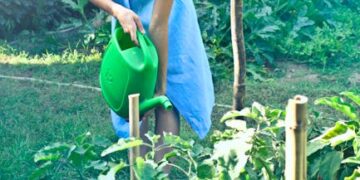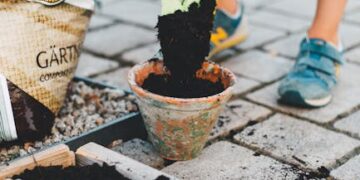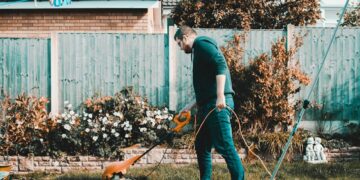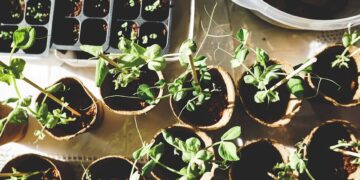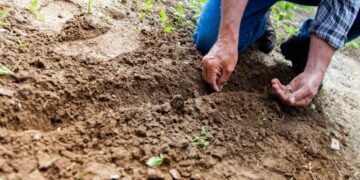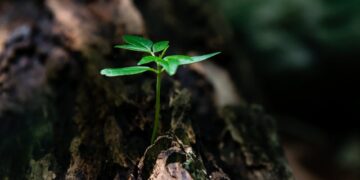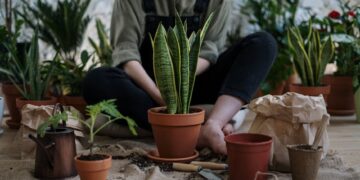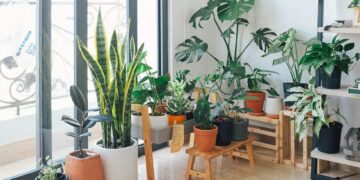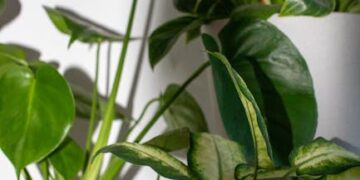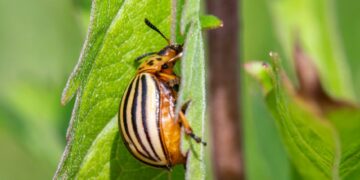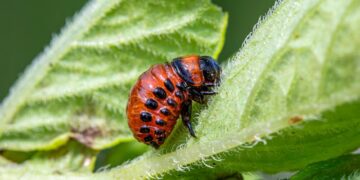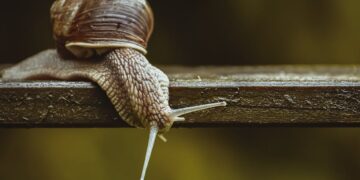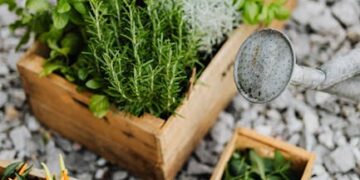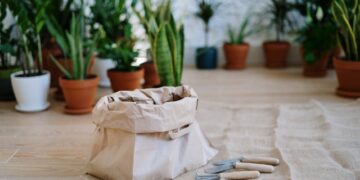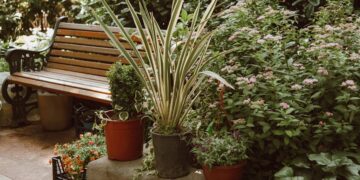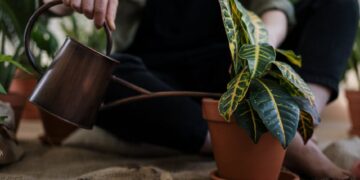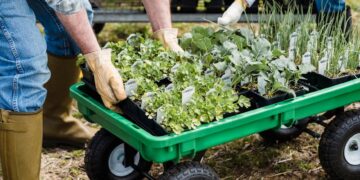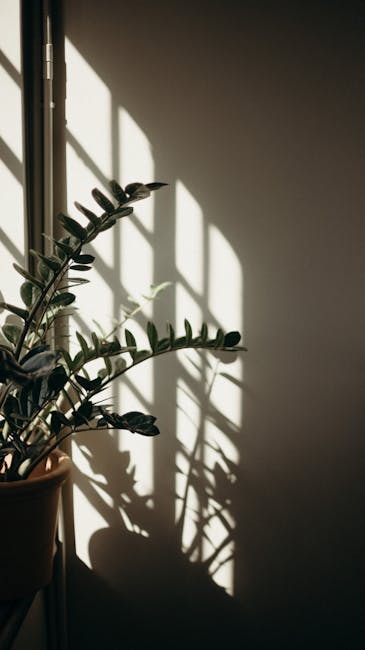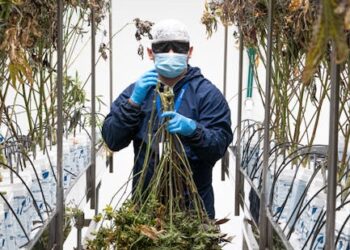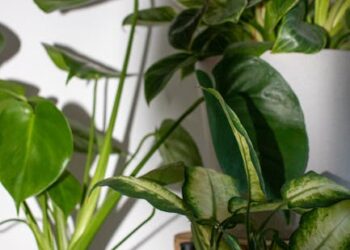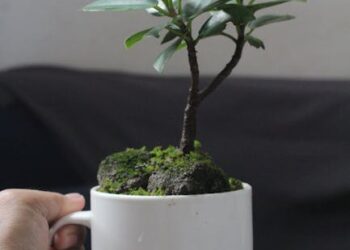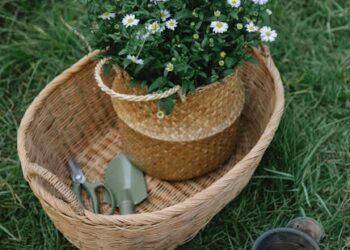Unlock the Secrets of Indoor Gardening Techniques: A Beginner’s Guide
Indoor gardening is a delightful journey into the world of plants without stepping outside your home. This comprehensive guide is designed to help beginners navigate the rewarding experience of growing plants indoors, turning any small space into a verdant oasis. Whether you’re a student intrigued by botany or an adult seeking a green escape, these tips and techniques will set you up for planting success.
Understanding the Basics of Indoor Gardening
Before diving into the planting soil, it’s crucial to grasp some basic concepts. Indoor gardening, unlike its outdoor counterpart, gives you control over the environment, making it essential to understand the factors that influence plant growth.
Light: The Life Force
Light is paramount in indoor gardening. Most houseplants thrive in bright, indirect sunlight. South-facing windows are ideal, but if natural light is sparse, consider investing in grow lights. These artificial lights mimic natural sunlight, helping your plants grow in less sunny spots.
Water: The Balancing Act
Overwatering is a common pitfall in indoor gardening. To master watering, check the soil moisture with your finger. If the top inch is dry, it’s time to water. Also, ensure your pots have drainage holes to prevent excess water from causing root rot.
Humidity and Temperature: The Comfort Zone
Most indoor plants prefer a humidity level of about 40-60% and temperatures between 65-75°F (18-24°C). Keep your green friends away from air vents and drafts to maintain stable growing conditions.
Choosing the Right Plants
Starting with forgiving plants can boost your confidence. Here are a few that don’t demand much but give back plenty in beauty and growth.
Snake Plant: The Tough Companion
The snake plant is nearly indestructible and can thrive on minimal light and water, making it perfect for beginners.
Pothos: The Forgiving Climber
Pothos is another resilient choice for new gardeners. It can grow in low light and needs watering only when dry, plus it’s great for hanging baskets due to its cascading vines.
Peace Lily: The Shade Lover
Peace lilies bring a touch of elegance with their white blooms and can flourish in shady corners.
Feeding Your Plants: Nutrition and Care
Just like us, plants need nutrients to grow. Fertilizing your indoor plants ensures they receive essential minerals and vitamins.
Understanding Fertilizer
Use a balanced, water-soluble fertilizer and follow the recommended dosage on the label. Over-fertilizing can harm your plants as much as under-fertilizing.
Repotting: Giving Room to Grow
As plants grow, they may outgrow their pots. If you see roots coming out of the drainage holes or growth has slowed down, it’s time to repot. Choose a pot that is slightly larger than the old one to give your plant ample room to expand.
Common Problems and Simple Solutions
Encountering issues is part of the learning process in indoor gardening. Here are quick fixes to some typical problems.
Pest Attacks
Indoor plants might attract pests like spider mites and gnats. Regularly inspect your plants for any signs of pests and treat infestations early with insecticidal soap or neem oil.
Yellowing Leaves
This could indicate overwatering, under-watering, or a nutrient deficiency. Assess your watering routine and ensure your plant is fed with the right fertilizers.
Tools of the Trade: Must-Have Supplies
To embark on your indoor gardening journey, here’s a checklist of basic supplies:
- Potting soil: Choose a high-quality mix suited for indoor plants.
- Pots with drainage holes.
- Watering can with a long spout for ease and accuracy.
- Fertilizer suited for indoor usage.
- Pruning scissors to keep your plants tidy and healthy.
Making It Fun and Educational
Indoor gardening isn’t just about beautifying your home—it’s also a chance to learn and unwind. Share the experience with friends or family, or use it as a peaceful solo activity to escape the bustle of daily life. Watch as your plant knowledge and green thumb grow together!
Wrap-Up and Tips for Success
Remember, patience is key in indoor gardening. Not all plants grow at the same rate, and some might need a bit of trial and error to find what works best. Stay curious, keep learning, and don’t hesitate to ask for help from more experienced gardeners.
With these tips and techniques, you’re well on your way to becoming a proficient indoor gardener. May your home bloom brightly with the rewards of your care and dedication!

